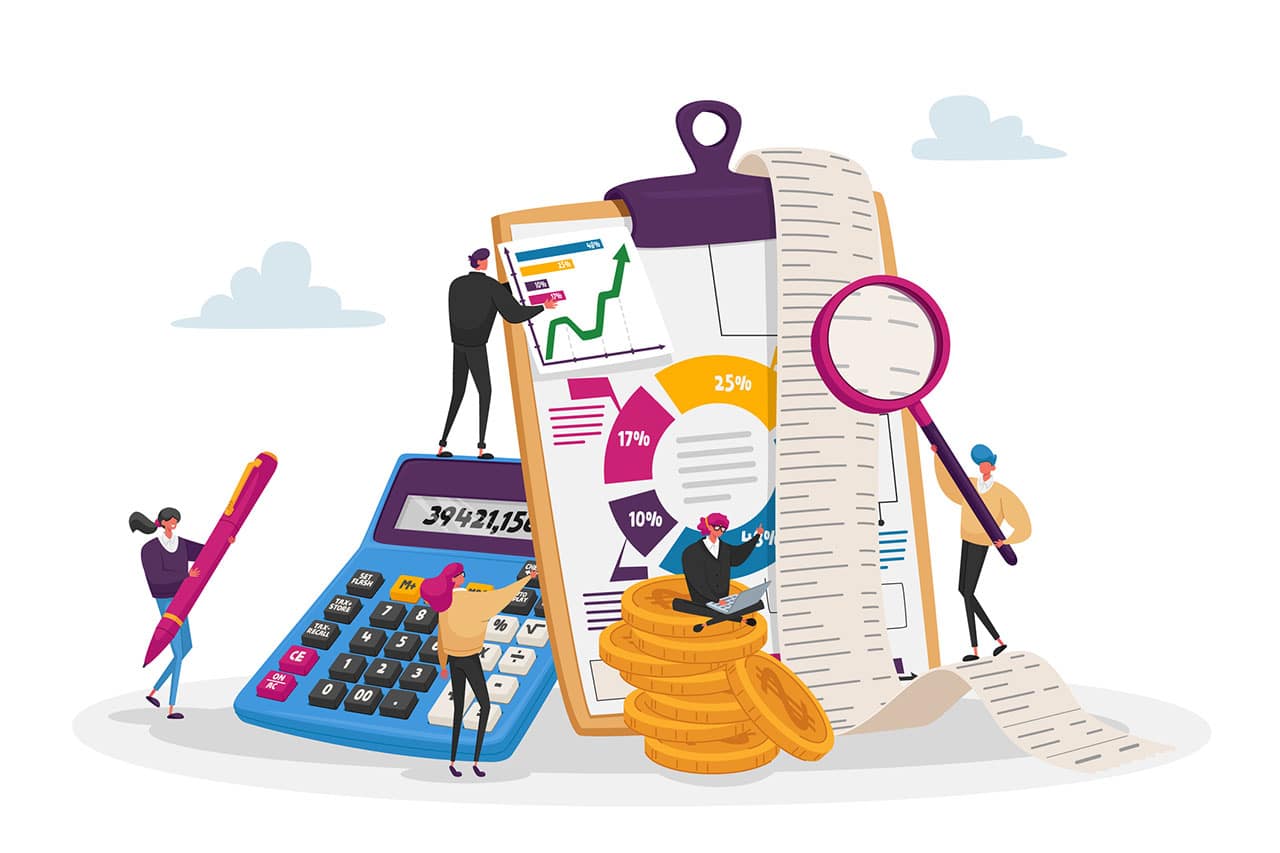Looking to get funding for your business? Business loans are one of the most common ways that SMEs get the cash flow to get started or keep up with growth. Here at Swoop, we prioritize transparency so you know as much as possible about the funding options available and what they all include. Check out our business loan calculator for an estimate of your monthly payments, interest, and more.
What is a business loan calculator?
A business loan calculator is a financial tool designed to help business owners estimate the costs associated with borrowing funds. With the Swoop business loan calculator, you can simplify complex loan calculations and get clear repayment estimates based on the information you provide. We ask for things like estimated loan amount, interest rate, and loan repayment term to give you what you need to be in the know about your loan cost.
How do I use a business loan calculator?
To use our business loan calculator you enter your loan amount, the length of the loan (loan term), and the interest rate. Once you’ve made your input our calculator provides the associated loan costs such as the monthly interest, monthly payment, and total interest for the loan term, this process is great for getting a full visual of what a loan could cost you in the long term.
How is a business loan calculated?
There’s a bit of math that goes into a loan calculation, including combining several financial factors, such as; the loan amount, interest rate, and loan term. Lenders use an amortization formula or a reducing balance method to determine monthly repayment amounts. Typically the calculation breaks down each repayment into principal and interest, allowing borrowers to see how much of each payment goes toward reducing the loan balance and how much covers interest charges.
If the loan has a fixed interest rate, the monthly repayment amount stays constant throughout the loan term.
How is the interest on a business loan calculated?
A simple interest or compound interest method is used on a business loan to calculate interest. This of course depends on the loan terms set by the lender.
With simple interest, the lender charges interest only on the original loan amount throughout the loan term. This is calculated using a formula where the principal amount is multiplied by the annual interest rate and loan duration.
On the other hand, compound interest involves calculating interest not only on the original loan amount but also on any accrued interest from previous periods. As you can see, this method isn’t ideal since it leads to higher overall interest costs, especially for longer-term loans. Ideally, you’d like to look for low-interest business loans from the start and pay less back in interest costs.
How can this help with my eligibility?
Educating yourself on the factors that go into a loan and the cost of obtaining one is very important for both eligibility and staying within your means. Being proactive with the costs can help you know what you can comfortably afford and factor it into your application decisions.
You always want to consider need and affordability before eligibility. You may be eligible for a much higher loan than you’re comfortable repaying.
How do I work out how much I can borrow?
Start by looking at your business’s annual revenue. Lenders have a habit of basing loan amounts on a percentage of this figure. Next, check your debt-to-income ratio to see how much of your income is already committed to repaying existing debts. This helps determine how much more debt your business can handle comfortably.
You’ll also want to review your credit score since a strong score shows lenders that you’re a trustworthy borrower. If your loan request is substantial, be prepared to offer collateral, such as equipment or property, to secure the loan. Lastly, take a close look at your business’s cash flow projections to estimate how much extra income you’ll have available each month for repayments.
Of course, this is a generalized approach, there’s no exact universal science since each lender has their own way of determining candidate creditworthiness and what they are eligible for in terms of borrowing power.
Let’s look at an example of these steps in action.
How a business’s loan potential changes with credit score and DTI








 yet? Register here!
yet? Register here!